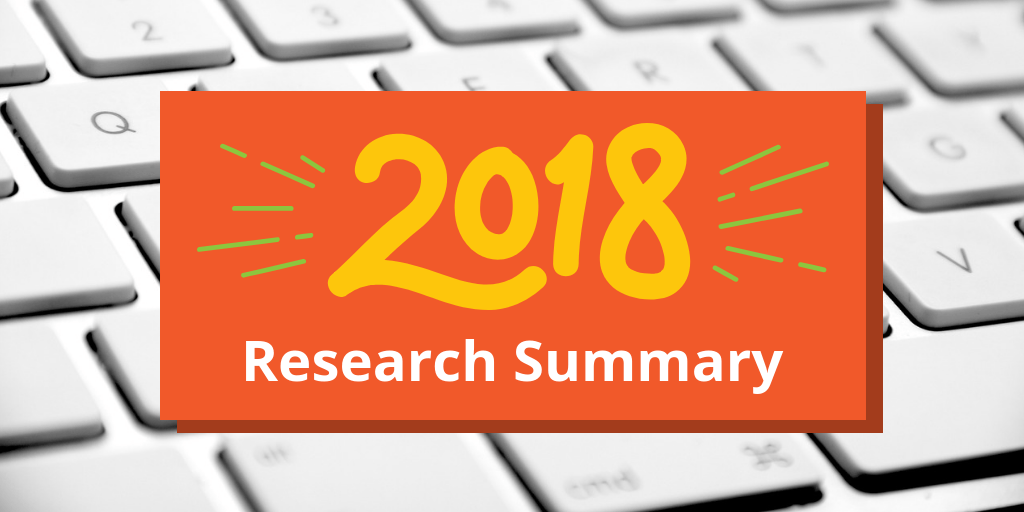With 2018 drawing to a close we would like to thank everyone for their tremendous support for QS Dyslexia Tests throughout the year!We very proudly continued our support for The British Dyslexia Association by taking part in Dyslexia Awareness Week during October. Particularly with support for packs for employers.
Additionally, we were thrilled that so many individuals took up our offer of taking the QuickScreen test for free on World Dyslexia Day (October 4).

Over the last few weeks, we have been busy reviewing data from this year, in order to complete a research paper about our dyslexia tests.
The main message is that the QuickScreen test maintains its high diagnostic accuracy.
The full analysis report will be published on our website soon. However we would like to share a summary of this now.
We wish you all a very merry Christmas and a happy, healthy and prosperous year in 2019!
2018 Research Summary
As in the previous study, we again find strong statistical evidence of an association between the dyslexia group and the current QuickScreen test indication.
Exploring the QuickScreen test’s diagnostic accuracy, we find a high specificity with 92.4% of those in the control group estimated to receive an indication of “None†or “Borderlineâ€Â.
Furthermore, we find evidence of a high Negative Predictive Value (NPV) for these indications, with 95.8% of control participants estimated to be predicted as “None†or “Borderlineâ€Â.
Considering the individual components of the QuickScreen test, we find strong statistical evidence of a difference in the distribution of the Dyslexia Quotient scores between the dyslexia diagnosed and control.
Similarly, the data provides strong statistical evidence of a difference in the distributions between the dyslexia diagnosed and control participants for the majority of the other QuickScreen test components.

